
Body Types
Whether you are just beginning to exercise, getting back to exercise or wanting to refine your exercise routine, your body type should play a role in how you exercise.
If you eat right and exercise religiously, you can transform that body of yours into the perfect shape, right? Well, not exactly.
The truth is, there is no perfect shape except in our dreams. Any of the women you’d gladly trade bodies with will tell you about the parts they hate, and the parts they constantly work on. Genetics has determined us all to be basically one of three body types. You made be one of these or a combination. They are:
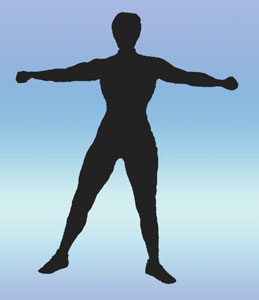 Mesomorph: Thick bones and generally muscular physique. It is easier to develop muscle and the look of a body builder. Meso’s muscles are shorter and tend to be bulkier. Great for heavy work and bodybuilding. Best type for sports that require quickness and strength like tennis. Not as naturally suited to long distance endurance sports like marathon running. Also, tends to be less flexible; stretching can help.
Mesomorph: Thick bones and generally muscular physique. It is easier to develop muscle and the look of a body builder. Meso’s muscles are shorter and tend to be bulkier. Great for heavy work and bodybuilding. Best type for sports that require quickness and strength like tennis. Not as naturally suited to long distance endurance sports like marathon running. Also, tends to be less flexible; stretching can help.
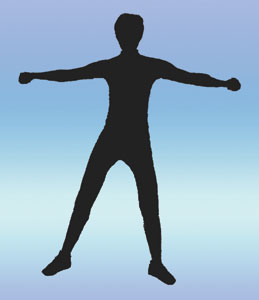 Ectomorph: Slender, thinner, longer bones, more difficult to build muscle mass but easy to sculpt a model-like body. Ecto’s muscles fibers are longer and well defined. Best for endurance and cardiovascular activities like aerobics, long distance running, or swimming. Ecto’s are generally more fragile and more prone to injury in contact sports.
Ectomorph: Slender, thinner, longer bones, more difficult to build muscle mass but easy to sculpt a model-like body. Ecto’s muscles fibers are longer and well defined. Best for endurance and cardiovascular activities like aerobics, long distance running, or swimming. Ecto’s are generally more fragile and more prone to injury in contact sports.
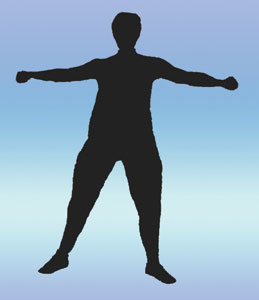 Endomorph: Rounder or more pear shaped body. Easy enough to build muscle but more tendency to gain and retain body fat, which often obscures musculature. This body type needs constant physical activity to maintain a healthy weight and an attractive physique. However, because of the uneven distribution of body fat, endo’s can be more prone to lower body injury. Be careful with activities like high impact aerobics.
Endomorph: Rounder or more pear shaped body. Easy enough to build muscle but more tendency to gain and retain body fat, which often obscures musculature. This body type needs constant physical activity to maintain a healthy weight and an attractive physique. However, because of the uneven distribution of body fat, endo’s can be more prone to lower body injury. Be careful with activities like high impact aerobics.
EASE IN, BECOME MOBILE, GET STRONG, LIVE LONG!

 TOTAL MEMBERSHIP ONLINE WORKOUT CLUB Code:
TOTAL MEMBERSHIP ONLINE WORKOUT CLUB Code: 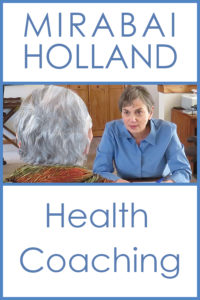










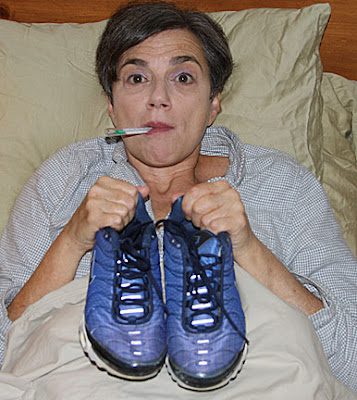

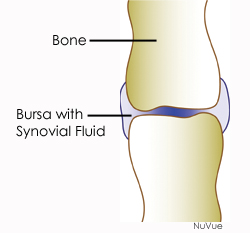
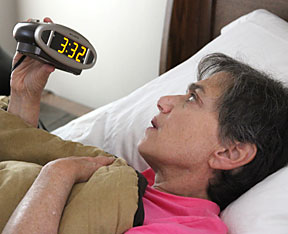
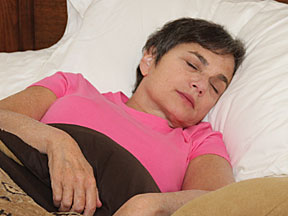
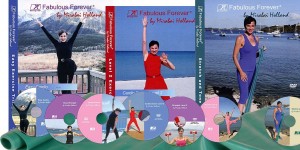


 NEW! MEMBERSHIP ON-DEMAND WORKOUT CLUB
NEW! MEMBERSHIP ON-DEMAND WORKOUT CLUB 


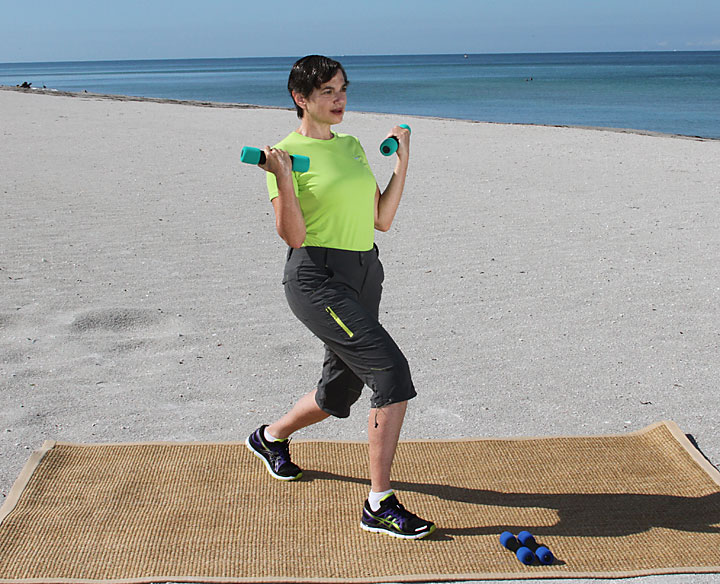
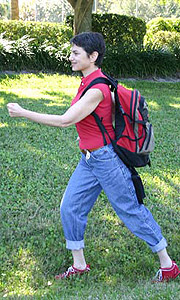
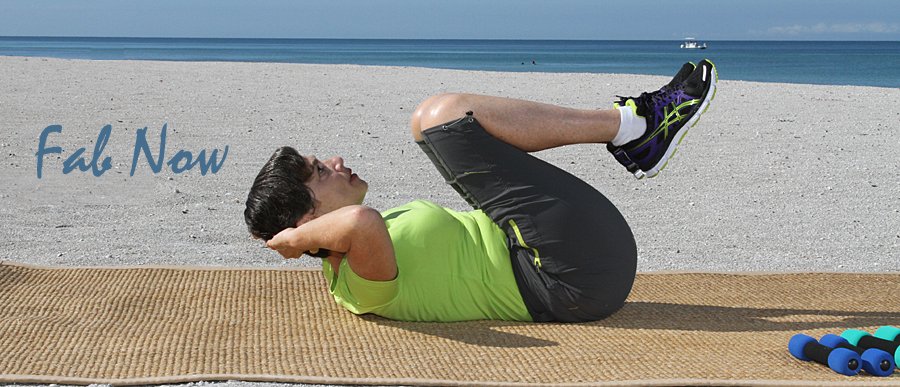
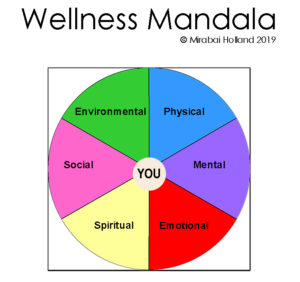 Wellness: Life is a balancing act.
Wellness: Life is a balancing act.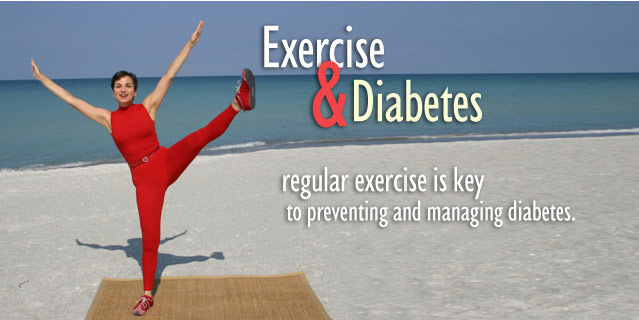

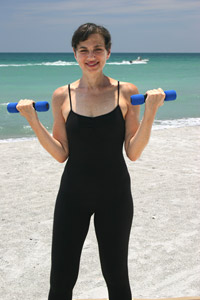 Exercise can increase quality of life for most diabetics and in many cases help keep the disease in check. Easy aerobics, easy strength or easy stretch exercise can help.
Exercise can increase quality of life for most diabetics and in many cases help keep the disease in check. Easy aerobics, easy strength or easy stretch exercise can help.